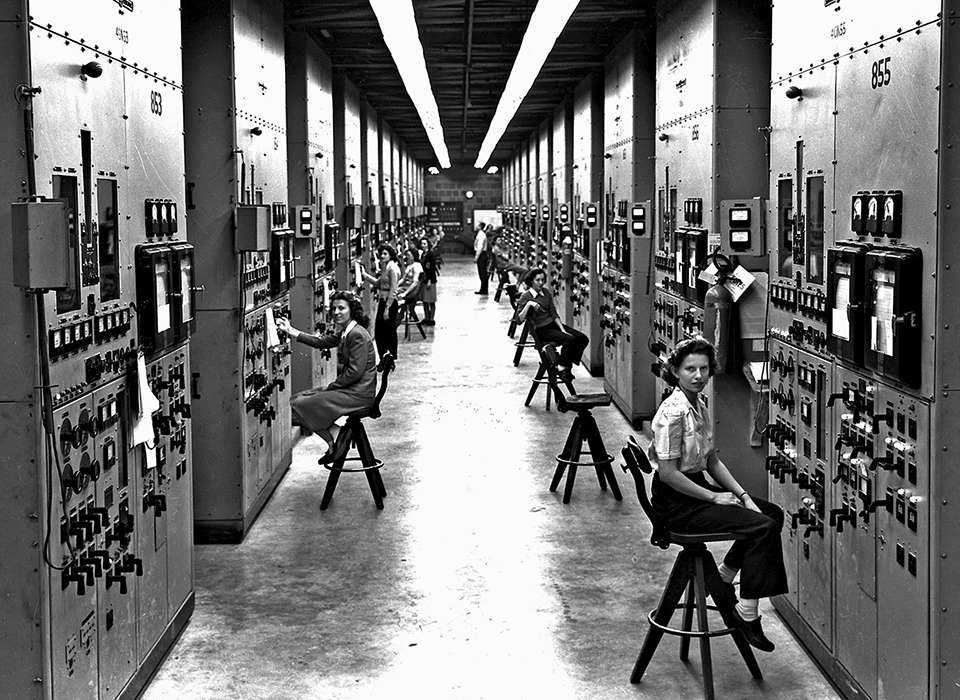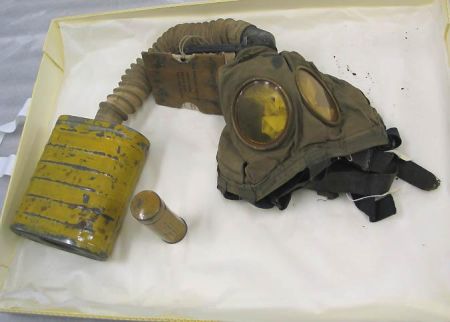The impact of advances in technology on the conduct of warfare can be characterised into a number of dominant trends namely quest for extension of range of weapons volume and accuracy of fire system integration concentration of maximum fire power in smaller units and increasing transparency in the battlefield. Increased number of casualties.

The Budapest Stock Exchange Is No Longer Only Affected By The War In 2022
Technology of war in 1914 The planning and conduct of war in 1914 were crucially influenced by the invention of new weapons and the improvement of existing types since the Franco-German War of 187071.

. The initial plane builds were primitive but necessity did its job and soon both sides were racing to design mono and biplane fighters that could hold heavy. Describe three ways in which technology affected world war 1. For millennia however it was incapable of changing either the nature of war or the purpose that it served.
The chief developments of the intervening period had been the machine gun and the rapid-fire field artillery gun. It has also expanded the environments in which it was waged. Technology helped cause trench warfare.
Military technology of the time included important innovations in machine guns grenades and artillery along with essentially new weapons such. That is the notion that technology alone or is even the most important factor can determine. Describe three ways new technology affected the war.
The carnage caused when tactics failed to accommodate breech-loading rifled muskets and artillery pieces the truly. On the whole the effect of technology has tended to increase or help increase the size of war the power and speed with which it is waged and the range at which it is waged. Technology played a significant role in World War II.
In thinking about the future of warfare one often encounters two ideological camps. It was the first modern mechanized industrial war in which material resources and manufacturing capability were as consequential as the skill of the troops on the battlefield. Concept in World War II the development of the bombsight helped to make them a strategic weapon.
Some of the technologies used during the war were developed during the interwar years of the 1920s and 1930s much was developed in response to needs and lessons learned during the war while others were beginning to be developed as the war ended. Many wars had major effects on the. Rather 3 technology opens doors.
One must always be cognizant and skeptical of slipping into a technological deterministic mindset. Hypersonic missiles are at present being tested by the United States Russia and China. By factoring in altitude air speed and ground speed World War II bombsights allowed.
Then it made that warfare worse. Images of WW1 Show full text. Bombsight technology allowed for more accurate bombing runs and precision targeting of military and industrial locations.
The rapid fire machine guns mowed down troops Artillery allowed troops to shell enemies from miles away. 2 Military technology is however not deterministic. In the first days of flight once a plane left the ground the pilot was.
1 technology more than any other outside force shapes warfare. The machine gun and the tank were new technologies that influenced WW1 the most. Technology greatly affected the way in which wars were fought especially in World War I.
Different forms of warefare trechwarefareunderwater. Military technology has always shaped and defined how wars were fought. This new design was a leap forward as previous designs required tools and funnels.
First it caused trench warfare. Traveling at the speed of Mach 10 or more such missiles will make a defensive response almost impossible given the time between detection and arrival on target. Technology affected WWI in a number of ways.
Any Civil War buff is familiar with the technological advances of that era. The inventions of the repeating machine gun the development of poison gas and the introduction of the first tanks caused armies to fight using the bunkering method. Finally it helped to break the stalemate.
The bullets in a machine gun could shoot 500 bullets per minute therefor making it much more difficult for the rivalry county to fight back. The machine gun lengthened the war and forced it to become a trench war. The First World War however saw a breadth and scale of technological innovation of unprecedented impact.
Less than fifteen years after the Wright brothers flew at Kitty Hawk those new-fangled flying contraptions called aeroplanes were being used for reconnaissance in WW1 along with balloons and airships. Inventors and military men devised new types of weapons such as the repeating rifle and the submarine that forever changed the way that wars were fought. Those who prioritize the role of technology and those who dont.
My propositions are these. And conversely war not warfare shapes technology. Unmanned robots will play a larger and larger role in ground war.
Schneider later sued Fokker for patent infringement. The jerrycan was originally designed by Germany in the 1930s for military use to hold 20 litres of fuel. World War I weapons included types standardised and improved over the preceding period together with some newly developed types using innovative technology and a number of improvised weapons used in trench warfare.
Even more important were the technologies.

The Scientific And Technological Advances Of World War Ii The National Wwii Museum New Orleans

Wwi Technology And The Weapons Of War Ncpedia


0 Comments